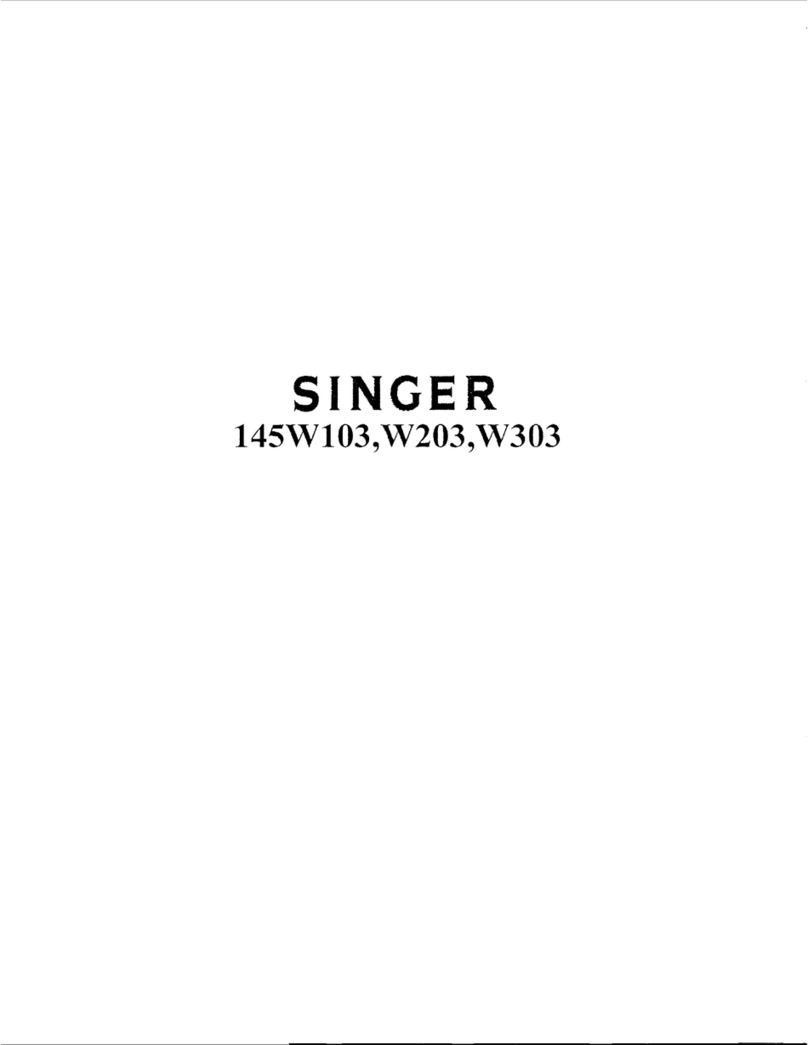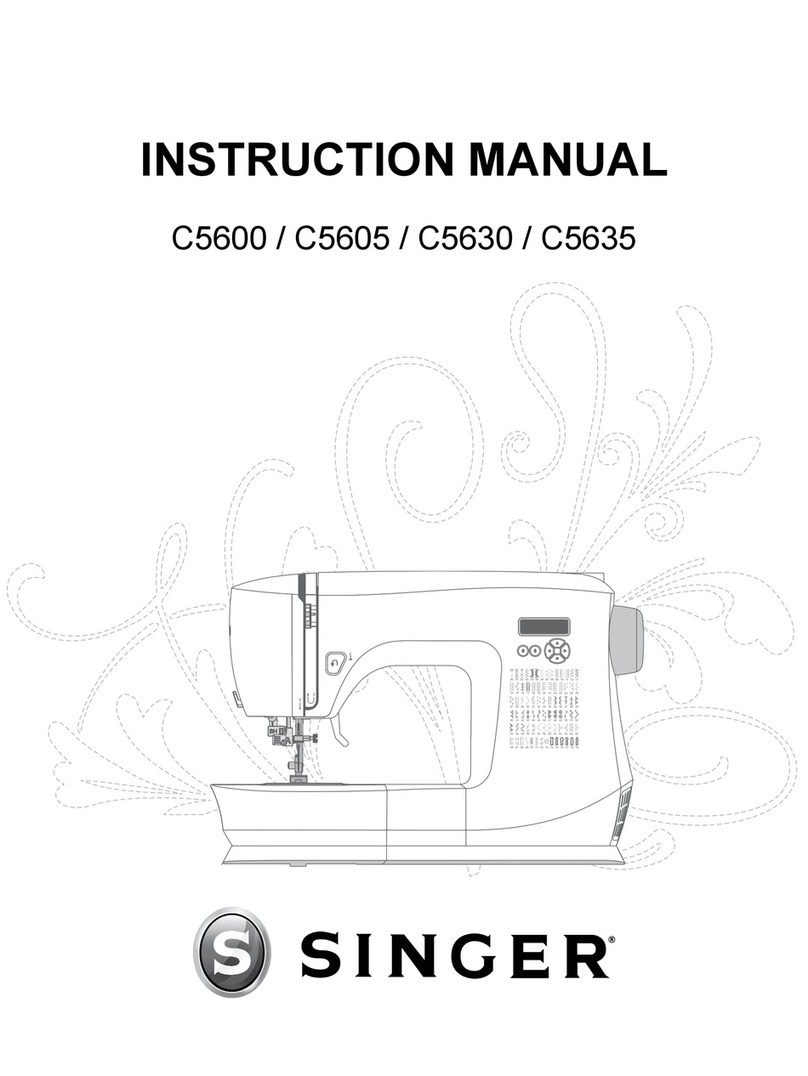Singer 5107 User manual
Other Singer Sewing Machine manuals
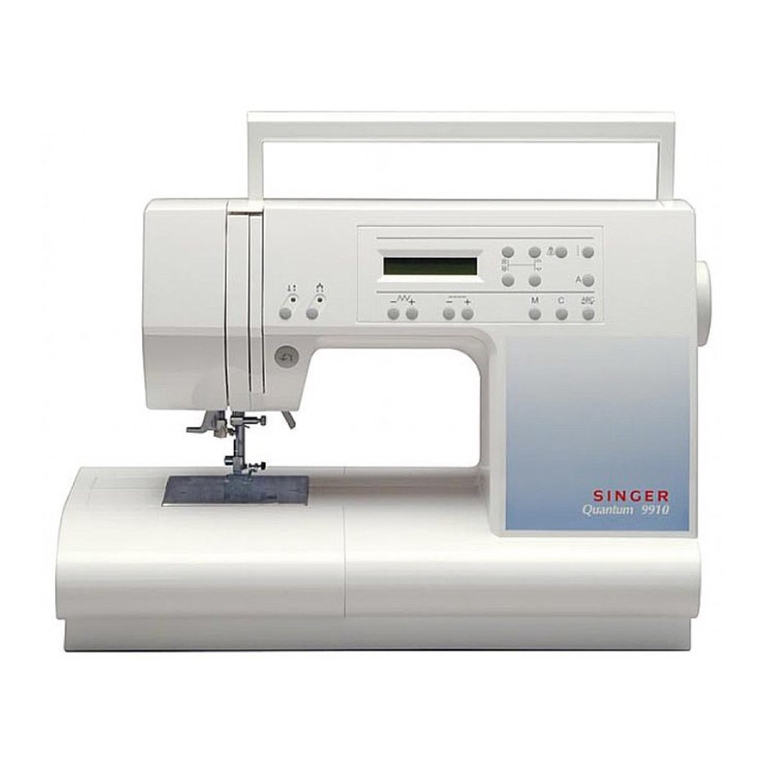
Singer
Singer QUANTUM 9910 User manual

Singer
Singer 5818 User manual
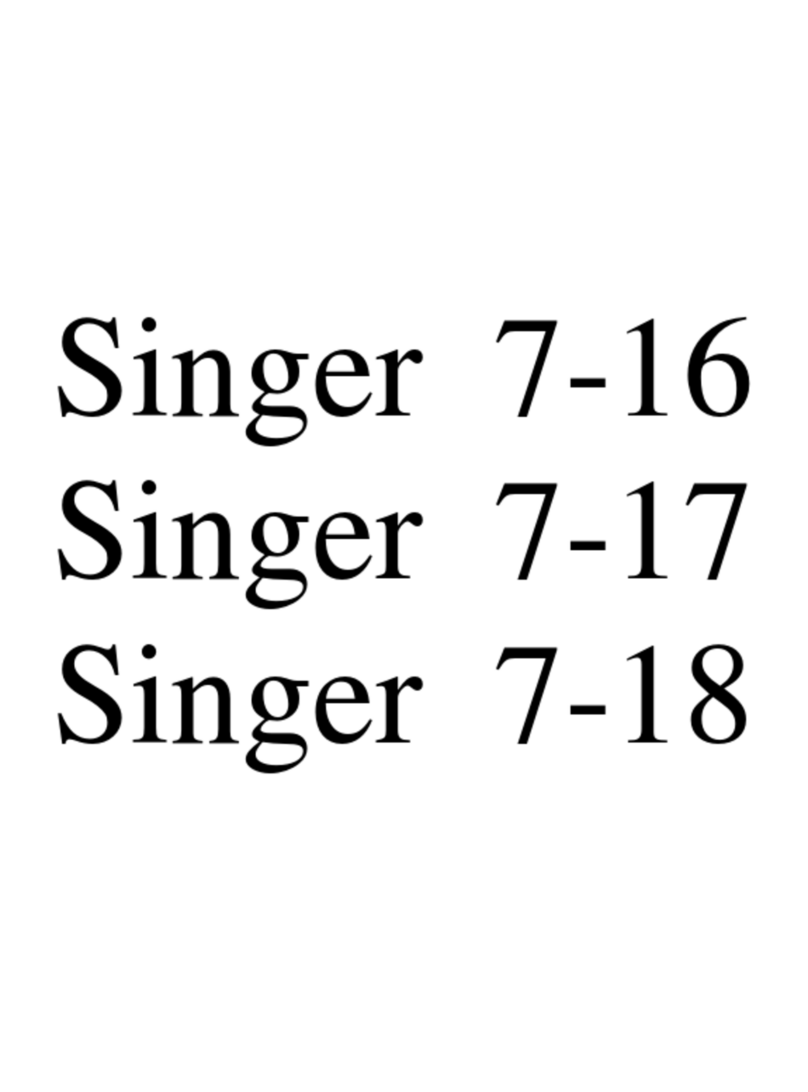
Singer
Singer 7-16 User manual
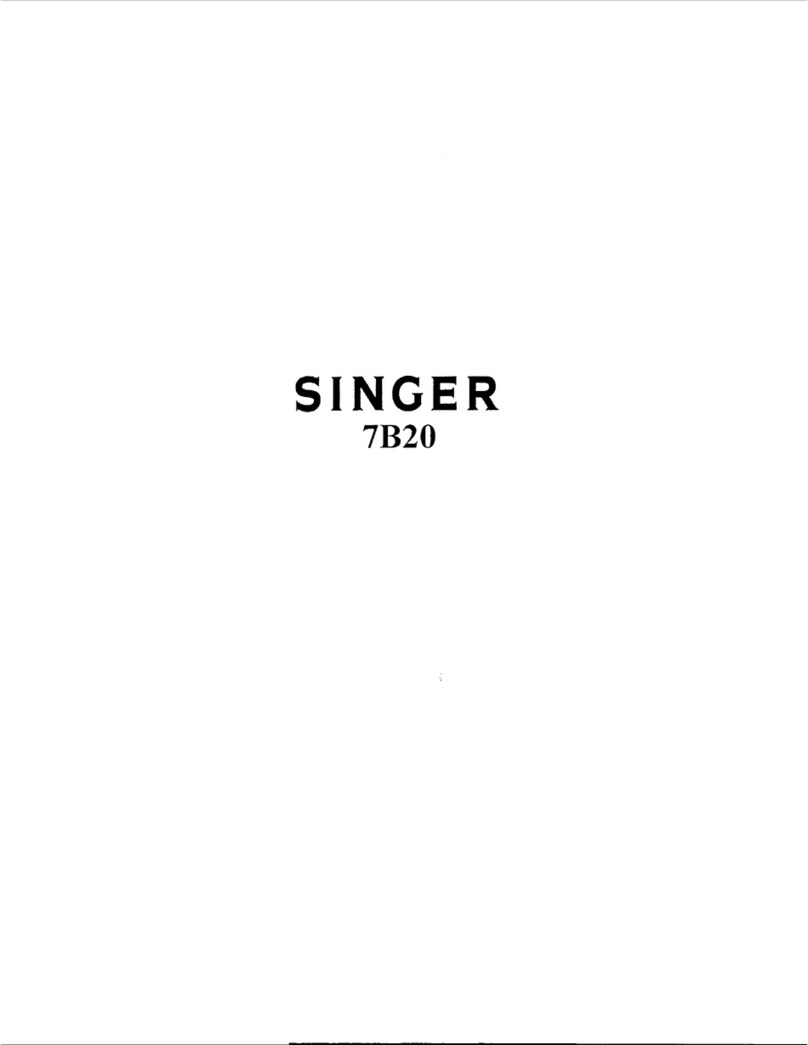
Singer
Singer 7B20 User manual

Singer
Singer 2638 User manual
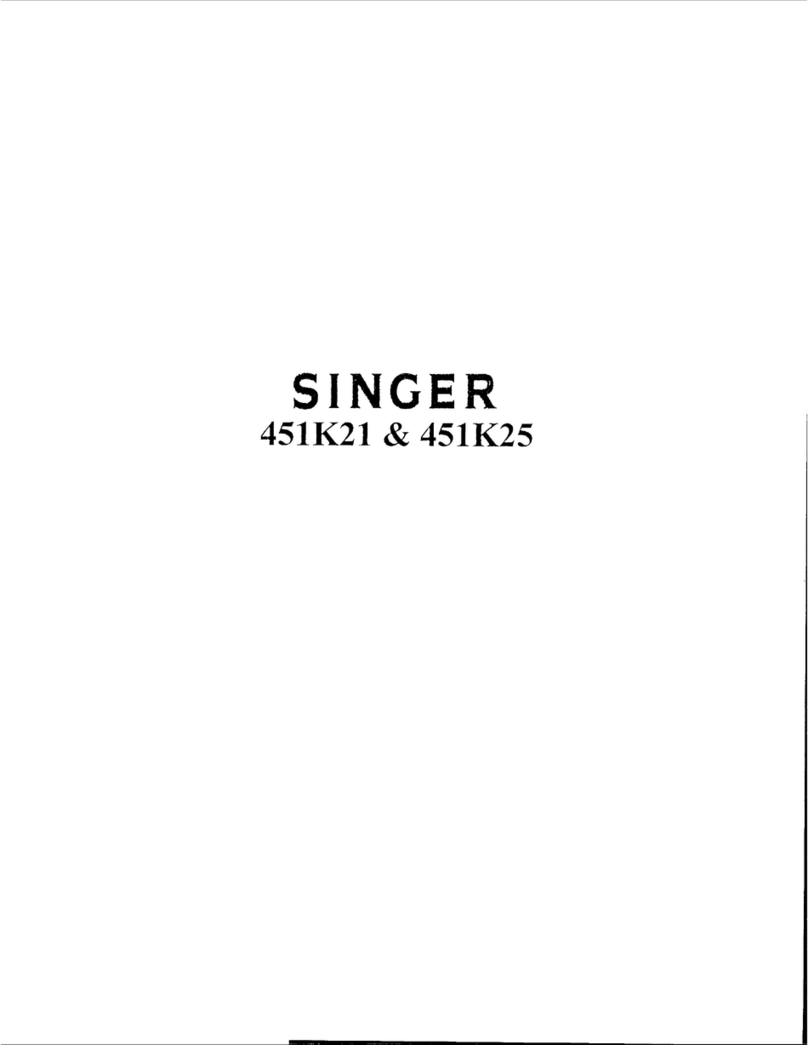
Singer
Singer 451K2 User manual

Singer
Singer 176-11 User manual
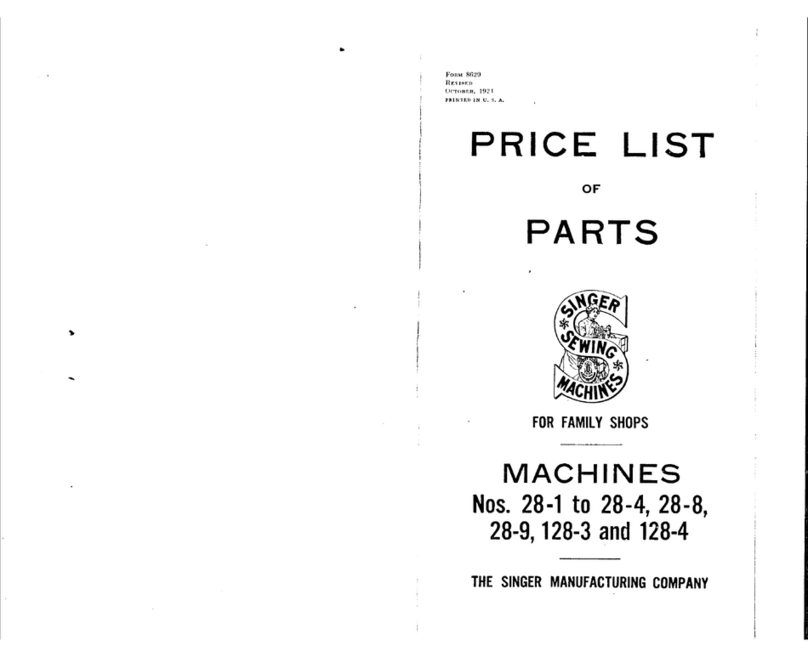
Singer
Singer 128-4 User manual
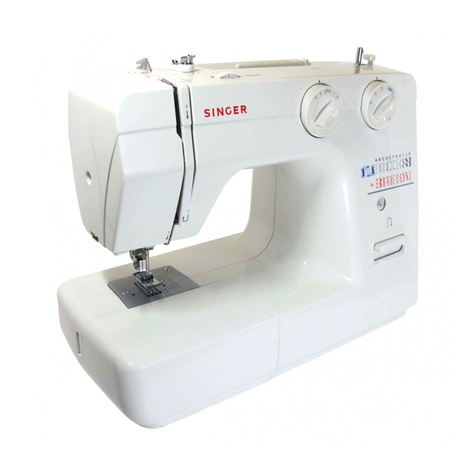
Singer
Singer 1120 User manual
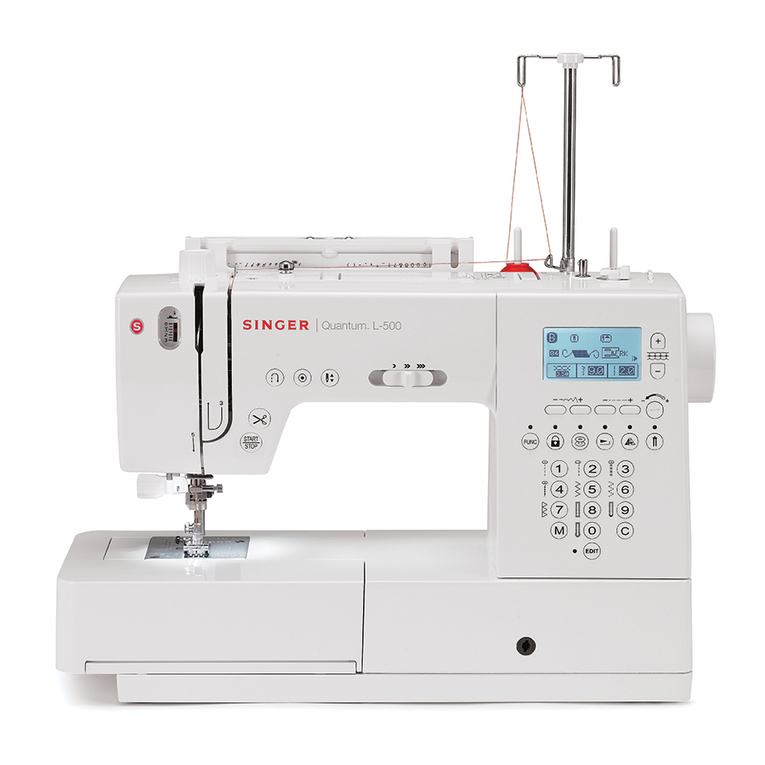
Singer
Singer QUANTUM L-500 User manual

Singer
Singer 300wl03 User manual
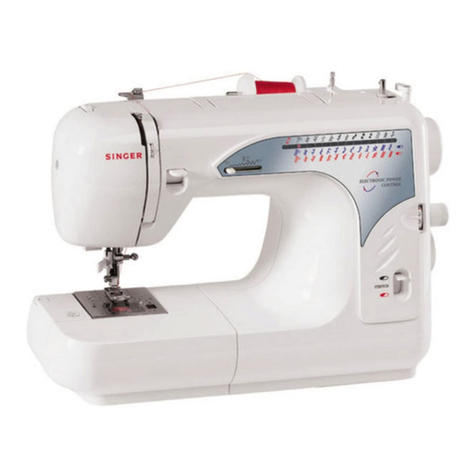
Singer
Singer 2662 User manual

Singer
Singer 97-1 Installation and operation manual
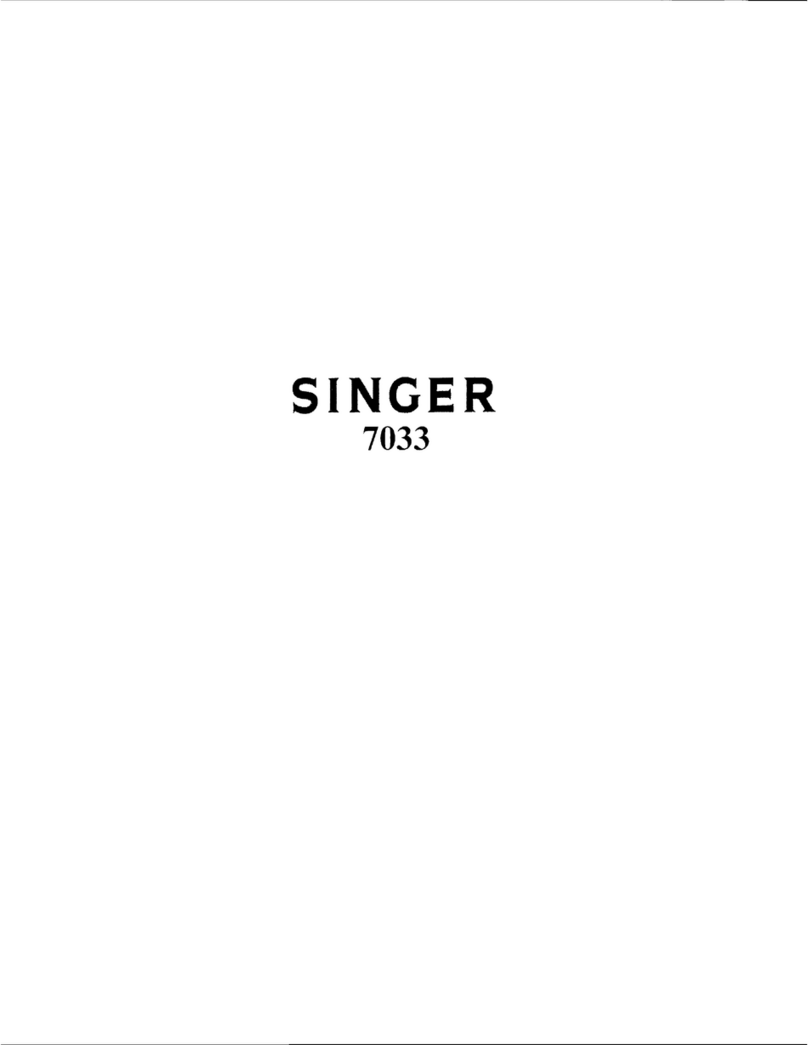
Singer
Singer 7033 User manual
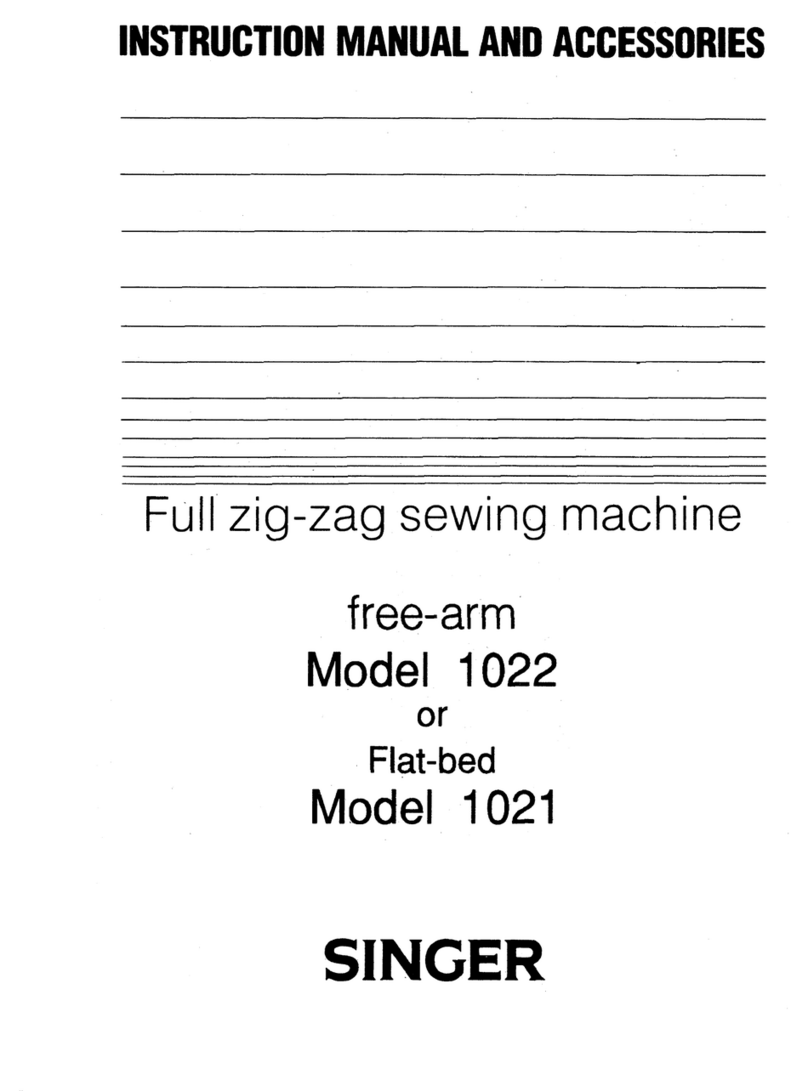
Singer
Singer 1021 User manual

Singer
Singer 6217 User manual
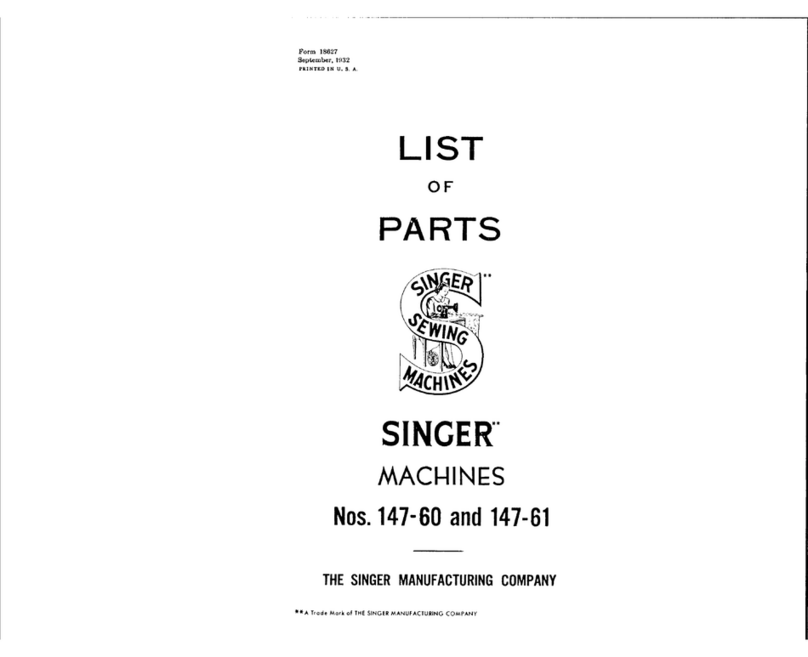
Singer
Singer 147-60 User manual
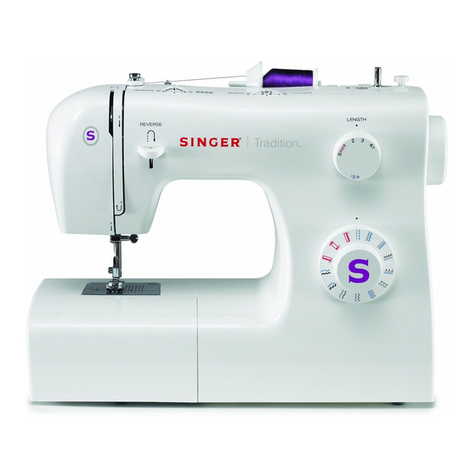
Singer
Singer Simple 2263 Installation guide
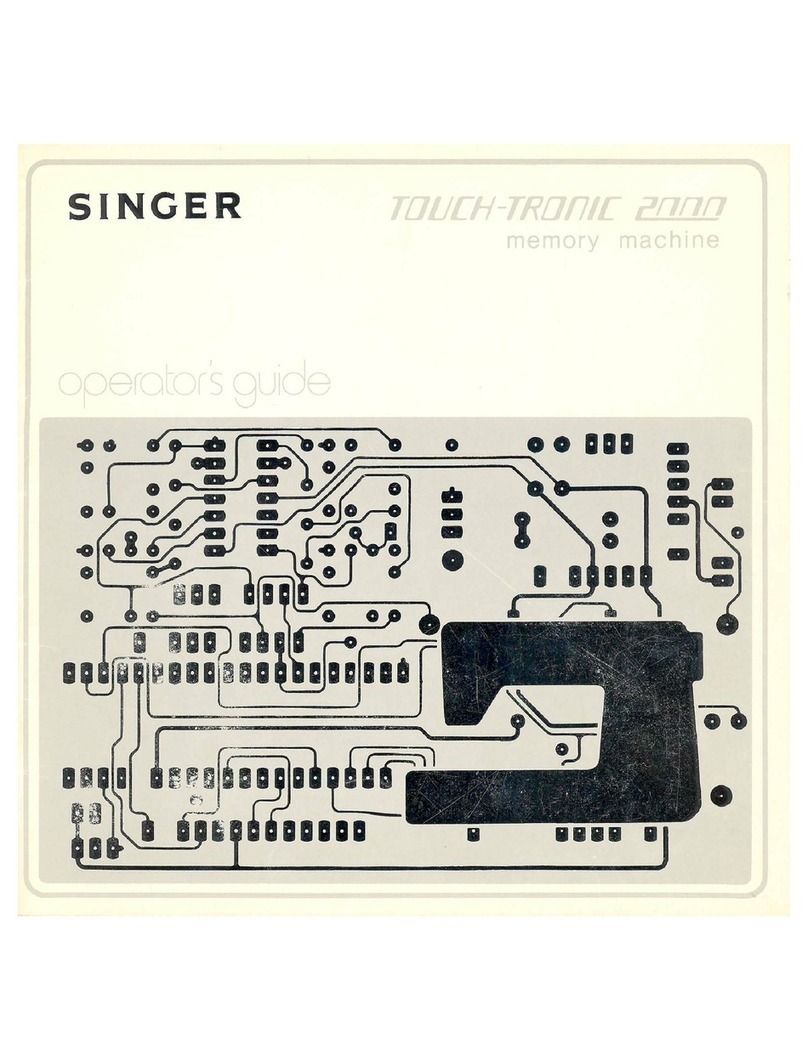
Singer
Singer TOUCH-TRONIC 2000 User manual
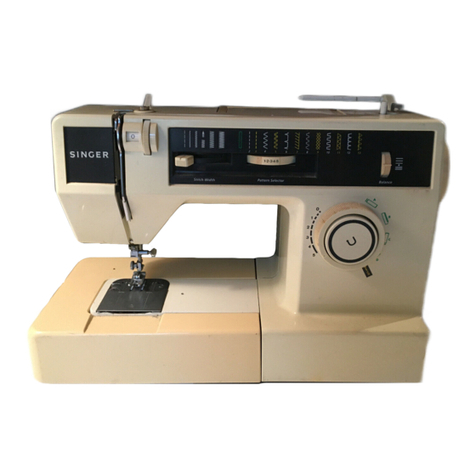
Singer
Singer 484.1544180 User manual

